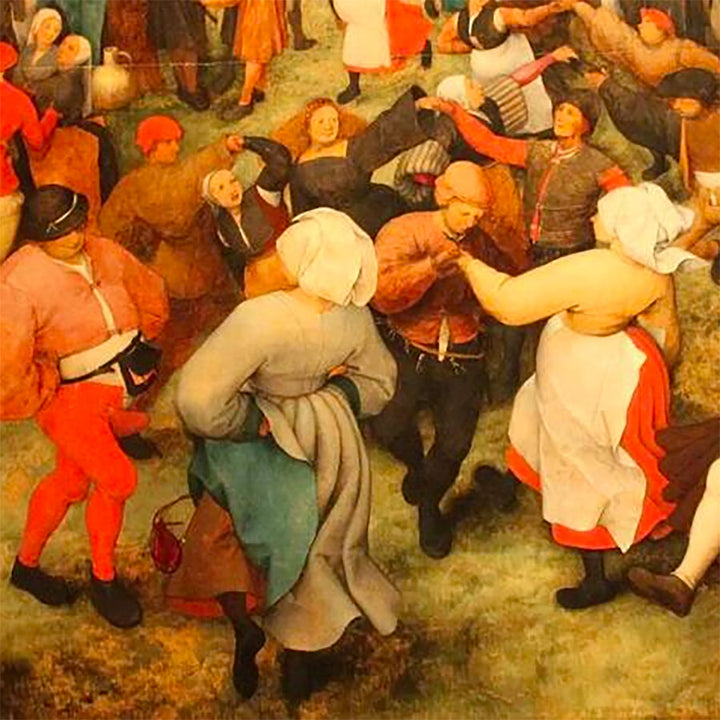
In the annals of history, there are bizarre and unexplained phenomena that captivate our imagination. One such enigma is the dancing plague, also known as the dancing mania or choreomania. Spanning several centuries in Europe, this bewildering phenomenon gripped communities, causing people to dance uncontrollably and sometimes frenziedly. In this blog post, we delve into the intriguing world of the dancing plague, exploring its historical significance, peculiar symptoms, and the bewildering theories attempting to explain its origins.
The Dancing Plague Takes Hold
Imagine a small village or bustling town suddenly consumed by an epidemic of dance. The dancing plague would typically commence with a solitary individual succumbing to an inexplicable urge to dance, regardless of time or place. The fervor would then spread like wildfire, engulfing more and more people who joined the frenetic dance. These afflicted dancers would find themselves caught in a seemingly unbreakable cycle of movement, often accompanied by distressing screams and tears, as if trapped in a waking nightmare.
Symptoms and Consequences
The dancing plague was not a mere display of merriment. Participants exhibited signs of distress, exhaustion, and pain, yet they remained compelled to dance. As the frenzied dancing escalated, some dancers would collapse from exhaustion, while others sustained injuries from their relentless movement. Historical records also mention additional symptoms such as hallucinations and convulsions, contributing to the eerie atmosphere surrounding the phenomenon.
Unraveling the Mystery
Throughout history, numerous theories have been proposed to explain the dancing plague, but the true cause remains elusive. One prominent hypothesis suggests mass hysteria as a driving force behind the phenomenon. It suggests that a collective delusion or psychogenic illness may have triggered the uncontrollable urge to dance. Religious passion and ecstatic rituals have also been implicated, as some outbreaks coincided with religious festivals or events.
Another theory proposes ergotism, a condition caused by consuming rye infected with the fungus Claviceps purpurea, which produces hallucinogenic compounds. Ergotism can induce convulsions, hallucinations, and muscle spasms, potentially linking it to the dancing plague. However, concrete evidence supporting this theory is scarce.
The Legacy of the Dancing Plague
Despite the lack of definitive answers, the dancing plague's impact on history is undeniable. It sheds light on the complexities of human behavior and the powerful influence of social and psychological factors. The phenomenon left an indelible mark on affected communities, causing disruption, fear, and, in some cases, even death. Its documentation serves as a reminder of how seemingly inexplicable events can unfold, challenging our understanding of the human psyche and the enigmatic workings of collective behavior.
The dancing plague remains an intriguing historical mystery, captivating the imagination and inspiring countless theories. From the medieval outbreaks to the more well-documented case in Strasbourg, this perplexing phenomenon reveals the vulnerability of the human mind and the profound impact of social contagion. As we contemplate the dancing plague, we are reminded of the fascinating mysteries that continue to shape our understanding of history and the complexities of the human experience.
Keen to read more interesting art tales?
Join our mailing list and be the first to read about mysteries, scandals and unbelievable stories from the art world.

